Market Share
Geofoam Market Share Analysis
How businesses position their market shares is important for developing trends in the Geofoam Market as well as determining presence and livelihoods in this sector. There are several factors making Geofoam an attractive material for use in different construction projects such as its superior thermal insulation characteristics and load bearing abilities.
Differentiation is one common strategy used by companies operating in geo-foams markets and building materials sectors. The idea behind any differentiation strategy is to create feature or service that not only sets company apart from its competitors but also adds value to customers’ products or services. For example, firms may decide to make more durable yet light geo-foil structures or those with better fire resistance features than their competitors. By doing so, companies targeting a specific niche like consumers who want these attributes would be able to attract them with ease. Eventually this differentiation strategy also helps develop a strong customer base for long term loyalty while consolidating a firm’s competitive position
Another critical approach is cost leadership which assumes companies to be the low-cost producers in the Geofoam Market. Companies can achieve economies of scale through efficient production processes, bulk purchasing, and strategic partnerships, enabling them to offer Geofoam products at competitive prices. Since it enables firms to capture a greater piece of the market by focusing on cost-sensitive buyers, this strategy works best in price-sensitive markets. However, maintaining quality remains important in order to avoid a race to the bottom and ensure long term success in the market.
This is also one key market positioning strategy in Geofoam Market Segmentation. Companies can customize their products and marketing efforts for each segment by identifying and targeting particular customer groups based on variables such as geography, application or project scale. For example, a company might focus on providing Geofoam solutions for infrastructure projects located near seismic activity zones hence emphasizing on seismic resilience of material used. This niche marketing approach enables companies to effectively address niche markets and establish themselves as experts within specialized applications.
Furthermore, strategic alliances and partnerships play an important role in terms of how much market share captured in Geofoam industry. Manufacturers of geoform are able to incorporate their products into project designs seamlessly by collaborating with construction firms; architects; engineers etc.. Additionally when forming strategic partnership with suppliers or distributors enhance the availability/ accessibility of Geofoam product across key markets. Not only do these collaborations extend commercial reach but they also contribute significantly towards overall growth within the Geofoam Market.
Additionally, innovation drives positioning in market share among other strategies These companies that invest in research and development for new improved versions of Geofom have an edge over others. This may include making Geofom with features like self-healing or eco-friendly materials being utilized on it . In addition manufacturing methodologies’ innovations that lower environmental impact as well as improve sustainability facilitate differentiation from competitors while pointing out customers ’preferences .

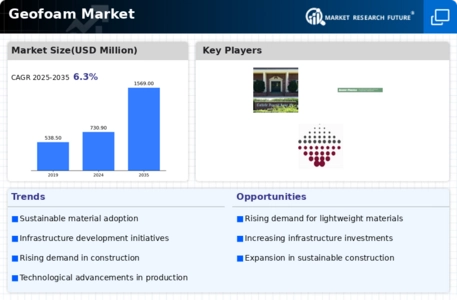
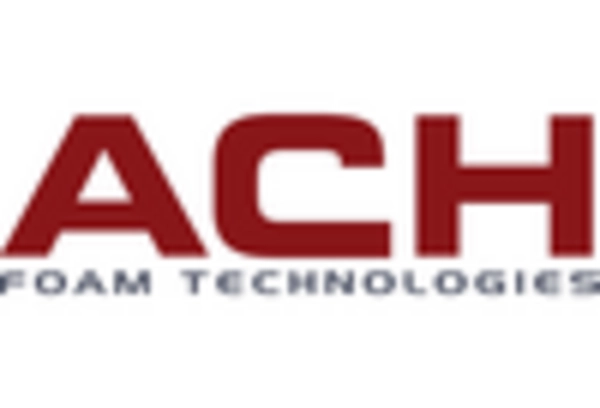
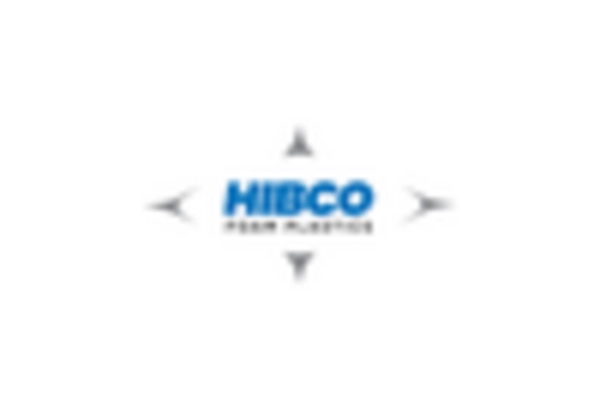
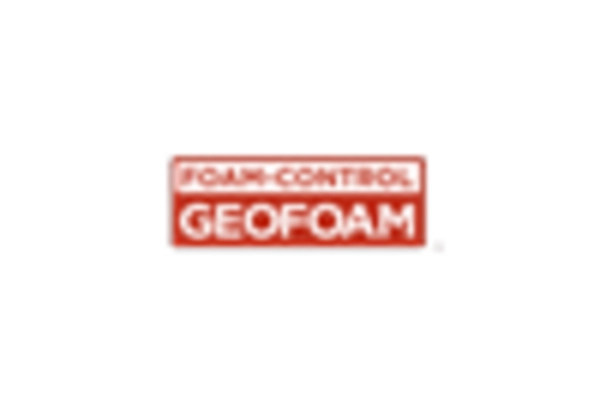
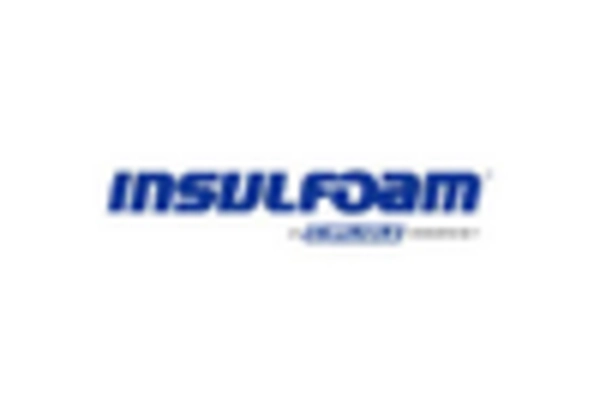
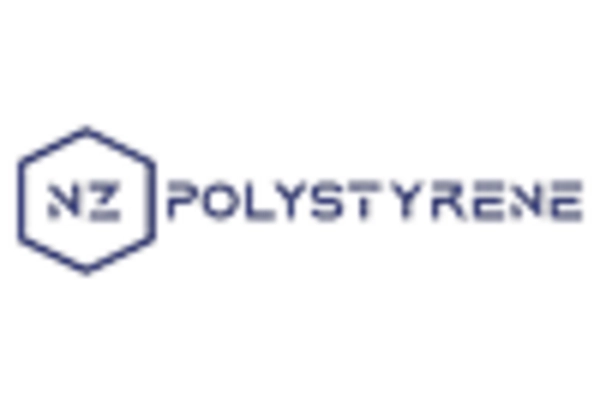
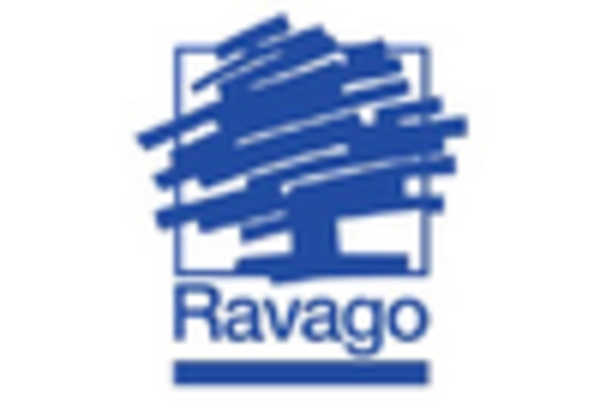









Leave a Comment